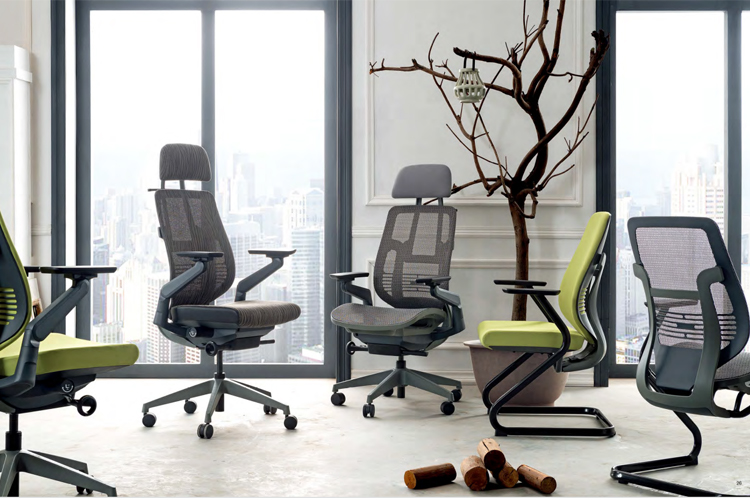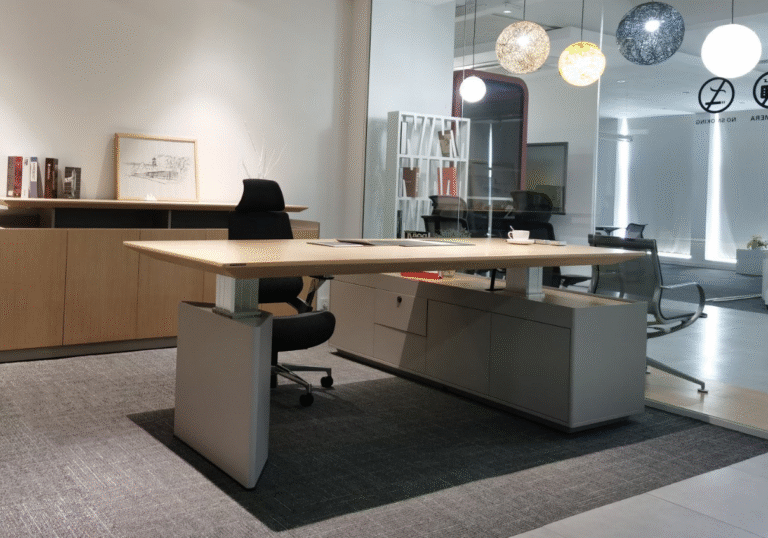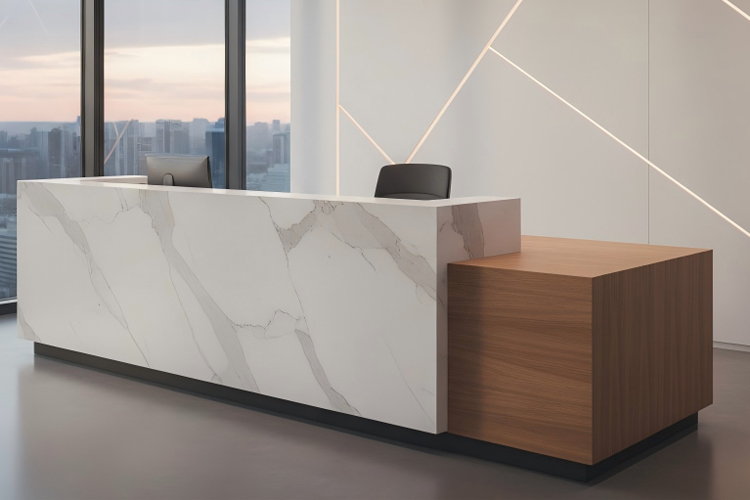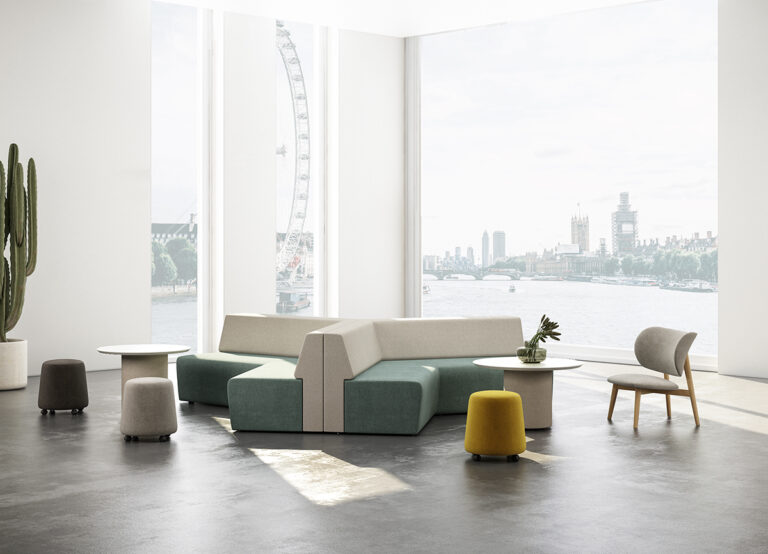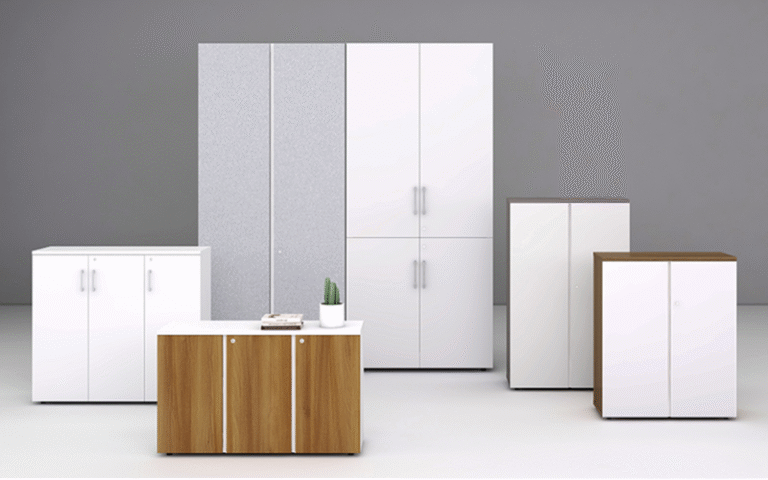Mesh office chair vs Leather: Comfort, Breathability, Maintenance
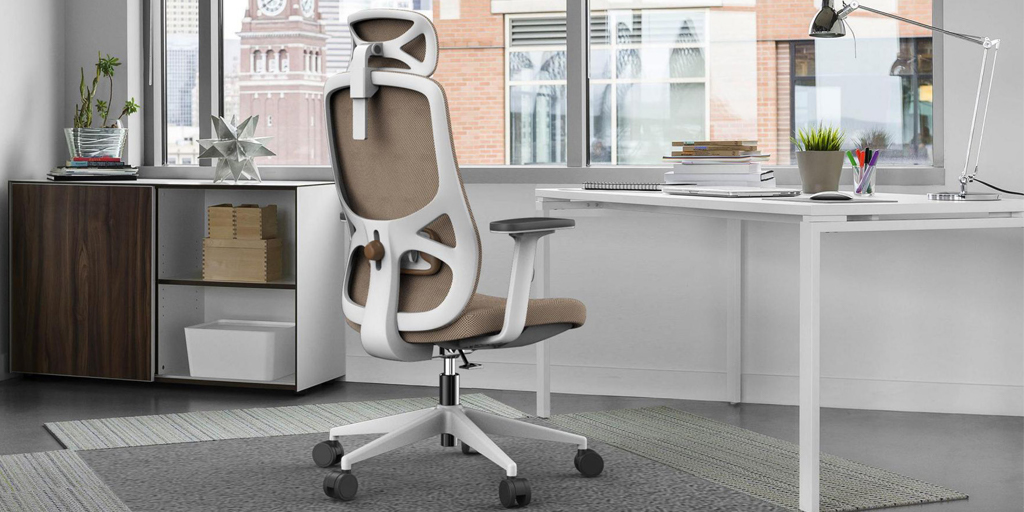
You want a chair that stays comfy all day, but you also don’t want to overheat or spend weekends cleaning it. That’s where the choice between a Mesh office chair and a leather chair gets tricky. Both look good on paper. They just find comfort in different ways.
If you run warm, mesh feels cooler and lighter. If you love plush cushions, leather feels rich and soft. The right pick comes down to airflow, support, care, and the space you sit in. In this guide, you’ll get quick, clear answers first, then the details that matter—comfort, breathability, maintenance, durability, style, and price. You
’ll also see a fast way to decide in under five minutes.
What’s The Real Difference Between Mesh And Leather?
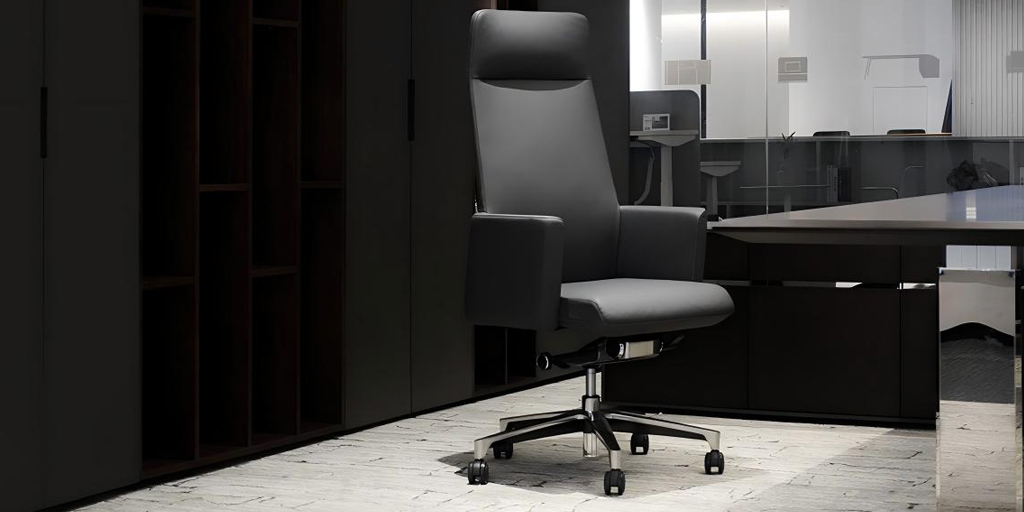
Mesh uses a ventilated weave for airflow and flexible support; leather adds plush padding and a classic, polished feel. In other words, a breathable office chair trades cushion for cooling, while leather trades cooling for cushion. This is the core of mesh vs leather.
What Counts As “Mesh” In Office Chairs?
However, “mesh” can be the back only, the seat only, or both. Full‑mesh designs rely on fabric tension and frame edges to spread weight. Hybrids pair mesh backs with padded seats for extra comfort. Quality mesh resists stretching, but low‑grade mesh can feel abrasive on skin and lose tension over time. Look for tight, even weaves, a supportive frame, and a seat that avoids a hard front edge to reduce thigh pressure.
What Does “Leather” Mean Here?
Meanwhile, “leather” could be genuine, bonded, or PU. Genuine leather is durable and ages with care, but needs conditioning and protection from sunlight. Bonded and PU mimic the look at a lower cost, yet they don’t breathe and may peel sooner. The thick padding under leather boosts plushness and pressure relief, which is why leather often feels luxurious on day one.
Comparison of key traits
| Factor | Mesh | Leather | Who Benefits |
| Airflow | Excellent ventilation | Warm, it can trap heat | Hot rooms; warm sitters |
| Initial Feel | Firm-supportive | Plush-cushioned | Soft-seat seekers |
| Upkeep | Simple wipe/vacuum | Wipe + condition | Busy vs. detail-oriented |
| Durability Risks | Stretch/tear if low-grade | Scuffs/cracks; UV wear | Depends on quality |
| Cost | Often lower | Often higher (genuine) | Budget office chair vs premium |
| Aesthetic | Modern, light | Executive, classic | Minimal vs executive office chair |
Which Material Feels Better For All‑Day Support?
Comfort comes from pressure distribution and adjustability, not just padding. Leather usually feels softer at first; a well‑built mesh design supports evenly and stays cooler during long hours of sitting.
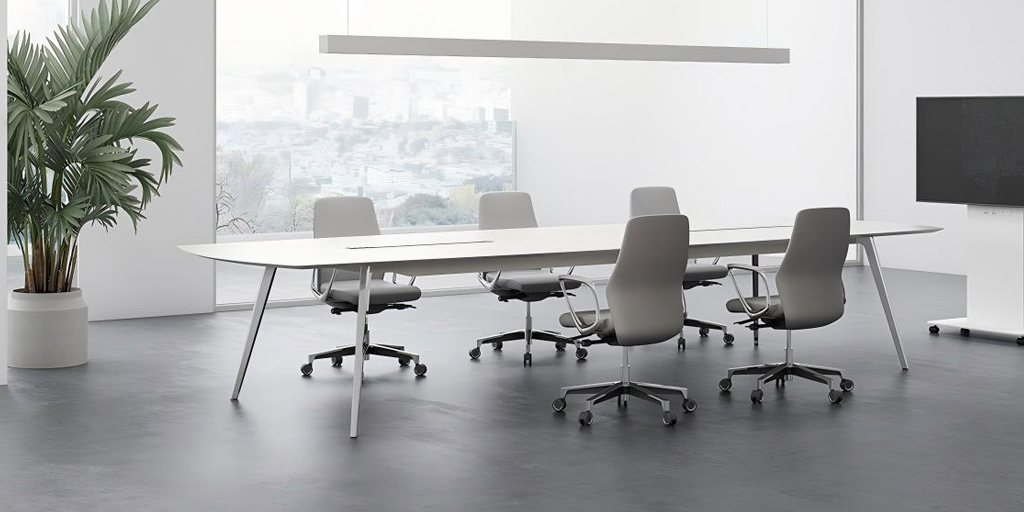
Seat Comfort And Weight Distribution
Also, thin or overly tight mesh can create hot spots on the thighs or tailbone, while foam under leather spreads the load more evenly. Hybrids—mesh back with cushioned seat—balance airflow and comfort. Check seat waterfall edges, foam density, and mesh tension. If your hips or thighs get sore after an hour, the seat is either too firm, too small, or the mesh tension is wrong for you.
Lumbar And Adjustability That Matter
Conversely, even plush seats won’t fix poor back fit. Prioritize ergonomic lumbar support with height/depth adjustments and adjustable seat depth to set knee clearance. Adjustable arms reduce shoulder load. Chairs that offer these fit features tend to keep you comfortable longer, regardless of material.
Why Does Breathability Differ So Much Between Them?
Now, airflow is where mesh wins most. Open weaves move air and reduce sweat; leather’s non‑porous surface keeps warmth in unless perforated or heavily vented—still not as cool as mesh for temperature regulation
Airflow, Sweat, And Temperature Control
Typically, warm homes or sun‑exposed rooms push users toward mesh to manage perspiration and stickiness. That’s especially true when AC is weak, windows face west, or you sit near electronics. Cooler offices or short sessions may blunt this advantage, but over long days, airflow reduces heat‑related fidgeting and fatigue.
Perforated Leather And Hybrid Designs
Still, some leather models add perforations or cooling textiles. Those help, yet they rarely match full‑mesh backs for ventilation. If you love leather’s feel, look for perforated backs, lighter fabrics, or mixed materials to narrow the gap.
How Do Durability And Wear Compare Over Time?
Importantly, both materials last when built well. Real leather can age beautifully but needs care; low‑grade mesh can stretch. High‑quality mesh with proper framing resists mesh sagging and keeps its shape; bonded/PU leather may peel sooner.
Mesh Sagging, Fraying, And Frame Edges
Accordingly, inspect the mesh at the seat edges where the load concentrates. Look for sturdy frames, even tension, and reinforced stitching. If possible, sit and shift: the mesh should support without rolling you toward hard edges. Avoid coarse weaves if you wear delicate fabrics; they can snag.
Leather Grades, Cracking, And Sunlight
By comparison, leather dislikes heat and UV. Keep it away from direct sun and condition it every few months to prevent dryness and cracks. Genuine leather usually outlasts bonded/PU, but costs more. If your workspace runs warm, surface wear shows sooner on leather than on mesh.
What Cleaning And Care Will You Actually Need?

Practically, mesh care is quick; leather care is simple but regular. If you want low‑touch chair maintenance, mesh fits. If you enjoy upkeep and love that rich look, leather pays off with a polished finish.
Fast Upkeep Routines For Mesh
Routinely vacuum the back and seat to remove dust. For spills, blot and wipe with mild soap and water, then let it dry completely. Avoid abrasive brushes that could fuzz the weave. Quick monthly checks for snags keep the chair tidy and breathable.
Conditioning Schedules For Leather
Instead, leather likes gentle wiping and periodic conditioning to retain suppleness. Keep it out of direct sun, and test cleaners on hidden spots first. If you choose lighter colors, plan for more frequent touch‑ups to keep it looking even
Will Your Climate Or Workspace Change The Choice?
Absolutely. Hot, humid spaces favor mesh; cool, climate‑controlled rooms make leather feel cozy and luxurious. In shared offices, airflow helps more people feel comfortable.
Warm Homes, Shared Spaces, And AC
Often, home setups near windows get warm in the afternoon. Mesh keeps your back cooler and reduces stickiness in T‑shirts. If your AC is inconsistent, mesh is safer. In lounges or conference rooms with short sessions, the benefit narrows.
Cooler Offices And Executive Rooms
Alternatively, if you work in a cool, stable environment and want a premium look on calls, leather feels great. It pairs with heavier attire and creates a formal vibe in leadership offices.
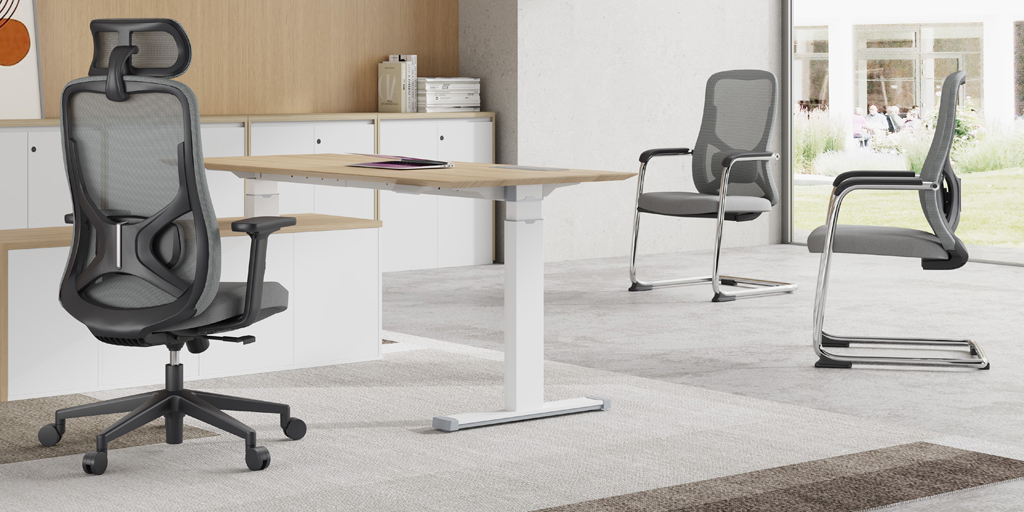
Alternatively, if you work in a cool, stable environment and want a premium look on calls, leather feels great. It pairs with heavier attire and creates a formal vibe in leadership offices.
What Do Price, Warranty, And Value Look Like?
Generally, mesh starts lower in price; genuine leather commands more. That said, premium mesh models can match leather pricing when they add sophisticated frames and textiles. Value depends on your use hours and care habits.
Entry‑Level To Pro‑Grade Options
Yes, you can find solid budget office chair picks in mesh, and some well‑priced faux‑leather options too. If you sit 6–8 hours daily, mid‑range mesh with good adjustability often stretches dollars farther than low‑grade leather.
Long‑Term Value And Resale
Moreover, genuine leather can hold value if maintained, while quality mesh keeps comfort steady by resisting foam flattening. Consider warranty terms on frames, mesh, and mechanisms; longer coverage hints at build quality.
When Is A Mesh office chair The Smarter Pick?
Typically, choose mesh if you run warm, need airflow, and want lighter frames that move easily in a home office chair. You’ll trade plushness for cooling and responsive back support.
Hot‑Natured Sitters And Long Hours
Notably, if you work heads‑down in summer heat or near equipment, airflow reduces sweat and fidgeting. Pair mesh with adjustable lumbar and seat depth to get posture support without overheating.
Small Offices And Home Workstations
Likewise, mesh’s slimmer profile fits tight spaces and is easy to move for cleaning. If you share the workspace, breathable backs keep more people comfortable across different body temps. which-one-to-choose)

When Does Leather Make More Sense For You?
Choose leather if you love a soft, cushioned seat, want an executive office chair look, and your room stays cool. Expect simple wipe‑downs plus periodic cleaning and leather chair conditioning.
Comfort Seekers And Video Calls
On camera, leather reads polished and professional. If you sit in shorter blocks or your office runs cool, leather’s warmth feels comforting and plush.
Care Habits And Material Preference
If you don’t mind periodic conditioning and can avoid direct sun, leather ages well. For pet households or those with heavy sun exposure, darker, grainy finishes hide wear better.
Where Can You See Thoughtful Mesh And Leather Choices?
Meanwhile, if you want to compare designs and materials, browse OnMuse’s range and note specs like mesh type, foam density, and adjustability. See options at OnMuse Furniture for ideas you can adapt to your space.
How To Compare Specs Quickly
Scan for lumbar height/depth, seat‑depth sliders, recline tension, and textile claims. Ask about abrasion ratings and warranty terms on frames and mechanisms.
Try‑Before‑You‑Buy Checklist
Sit for 10 minutes, adjust lumbar and arms, check knee clearance, and note any pressure points. Confirm return windows so you can swap if heat, fit, or support feels off in week one.
How Do You Decide In Under Five Minutes?
Finally, match climate (hot vs cool), comfort preference (cool support vs plush feel), and care habits (light wipe vs wipe + condition). Set a budget, confirm adjustability, and test fit.
Quick Decision Grid
If your room runs warm and you sit for long hours, start with mesh; otherwise, consider leather, especially for short sessions and a polished look.
Keep Or Return Signals
If you feel heat buildup, tailbone pressure, or can’t get lumbar or arms to fit, exchange promptly—fit and airflow should feel right within the first few days.
FAQs
1. Is mesh or leather better for back pain?
Back comfort depends more on adjustability than material. Set the lumbar height & seat depth or arm width for neutral posture.
2. Do mesh seats hurt after a few hours?
Thin or overly tight mesh can create pressure points. A hybrid seat will benefit you if you feel pressure in the tailbone or thigh section. A hybrid seat refers to a chair with a cushioned seat and a mesh back.
3. How often should I condition leather?
In normal indoor conditions, every few months is typical. In order to avoid stains on leather, keep it out of the direct sunlight and wipe spills as quickly as possible.
Conclusion
Here’s the bottom line: mesh delivers airflow, responsive support, and low‑touch care; leather delivers plush comfort, an executive look, and simple but regular upkeep. The best choice depends on your climate, support needs, and care routine. If you lean or sit for long hours, a Mesh office chair is often the safer bet. If your room stays cool and you want a premium feel on calls, leather can be the win. For ideas and specs to compare, explore OnMuse Furniture and note adjustability, textiles, and warranty before you commit.

